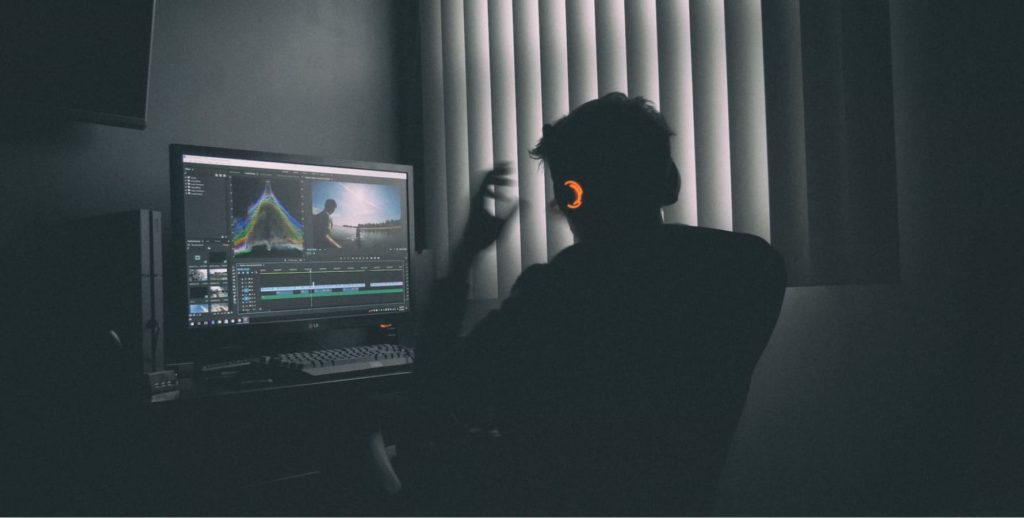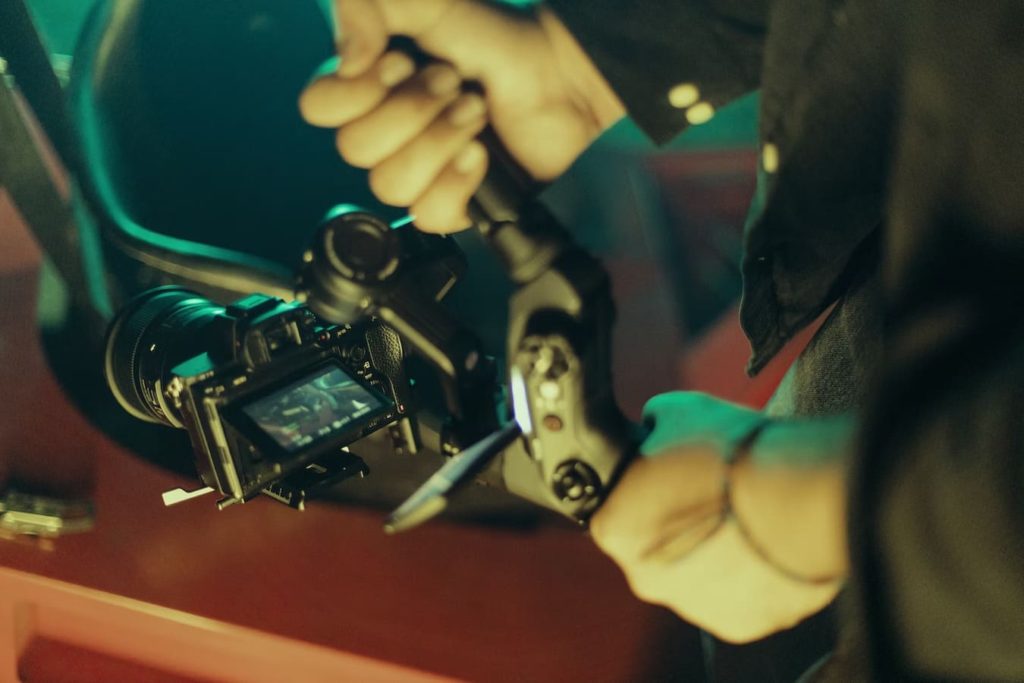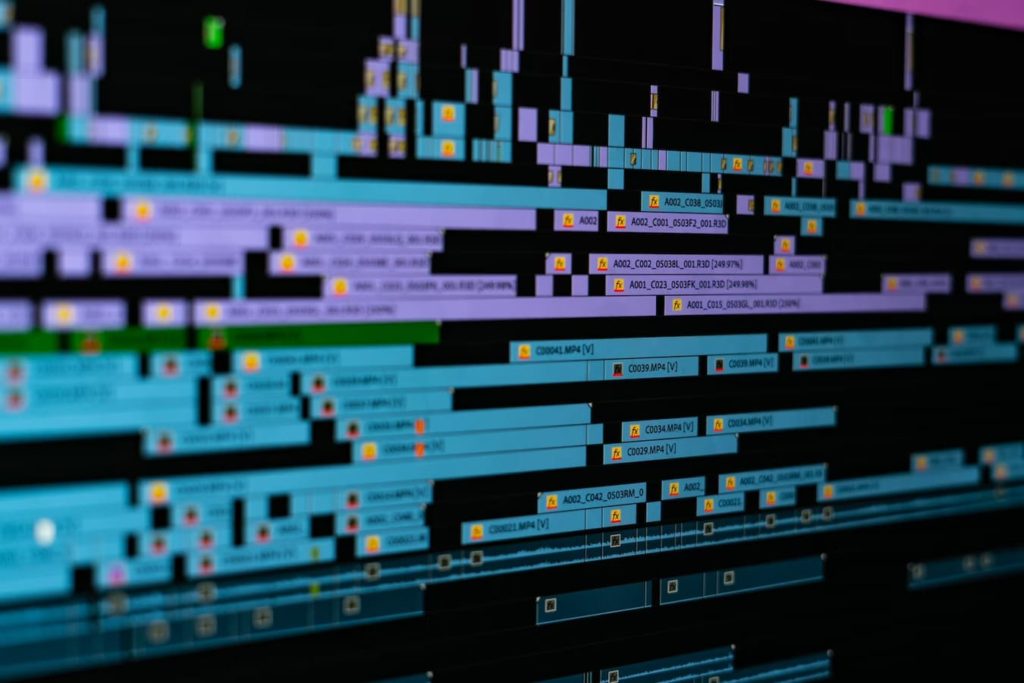How is Overlapping Editing Used in Film? What Does The Technique Achieve?

When we edit a film we are also playing with time and the boundaries of time. As an audience, we’ve become used to watching films that distort time in certain ways. How else would we be able to watch weeks worth of action in a matter of a two hour film?
Though we’ve got used to the suspension of time as an audience, techniques like overlapping video editing need to be fully understood by filmmakers. Every technique in the world of continuity editing has a certain impact on the way a scene plays out and the way it looks to the audience.
In this guide we’re diving into overlapping in film including providing description of what the technique means, an overlapping editing definition and later some examples of how this works in films and video production.
Overlapping Editing Definition
Put in its simplest form, overlapping editing is where multiple shots show the same action. An overlapping edit may take shots from many different angles and show parts of the same action happening. Usually, just the start of that action repeats, this is where the term “overlapping” comes from.
Overlapping editing may be tied to a variety of other techniques. For instance, it is often used in conjunction with slow motion. Both of them are ways in which the action can be slowed down.
Overlapping Editing Example

Have you ever noticed the fact that action may take longer in certain sections of the film than they would ever take in real life?
Let’s say there is an action scene where a sports game is being played, such as a football match. The element of this action may be filmed from multiple angles as somebody runs forward or tries to score a winning goal.
The real action may have taken 3 or 4 seconds to play out, but the fact that overlapping editing is used can extend this greatly. If the film has built up to this climax you don’t want it to be over in a matter of a couple of seconds. The filmmakers may choose to extend what is happening.
Overlapping editing requires a lot of different footage of course, and forward planning. Even in the pre-production stage of filmmaking the director will be thinking about how things are going to be tied together. This includes how even these short bursts of action should be shot, and, you’ve guessed it, how the shots might overlap.
In a film it may be presented to us in slow motion, and often with overlapping shots. So one step forward might be shown from a few different angles. This editing technique is largely about exaggerating things, which is one of the reasons why it is so commonly used in action scenes. More on what overlapping editing achieves is explained below.
The Impact of Overlapping Editing in Film
Overlapping editing certainly has a profound impact on a certain scene. It is something that we tend to see time and time again on certain types of scene.
For example, you probably wouldn’t see the overlapping editing film technique used if there were a simple shot of two people walking together slowly in a park or down a street. It wouldn’t really be required.
Instead, it is more likely that you will see overlapping editing used when there is a lot of action packed into a short space of time.
That is because the technique has an effect of extending time, a little bit like when slow motion is used as a creative effect.
How Overlapping Editing Might Be Used
Like most editing techniques, we see it used in a stereotypical way, but we also see unusual and creative uses of effects that can provide a more interesting end result.
Some examples of the uses of this technique may include:
- Showing something from a variety of different angles. If you are trying to promote a new vehicle and your ad has shots of the car going around a track or driving down the road. Even though it may be five seconds worth of driving, the shots you stitch together may show 10-15 seconds. This gives the chance to show all of the details of the car, and all of the different shots.
- To build tension. This is a classic way that the technique is used, sometimes with slow-motion too. For instance, if somebody dropped a valuable but breakable item. The item might take a matter of seconds to fall to the floor (if that) but the overlapping editing could show multiple angles and extend the action.
- To exaggerate movement. Imagine a science fiction shot of a huge spaceship moving through space. By showing lots of different angles and the slow movement of the ship, overlapping editing might be the perfect option for long shots. Of course, this sort of thing requires a big budget to put into practice, but it is an excellent example nonetheless.
- To bring a sense of importance. By elongating the action in this way it can tell the viewer what an important passage of the film this is going to be. This is an artistic effect that can play a key role in conveying a certain message.
All directors have their own specific methods and overlapping editing is one of many different ideas that can be woven together to help to give a certain feel to a scene.
A quick look at our portfolio of work will show a variety of different continuity editing effects. One of the many skills of editors and filmmakers is to be able to choose the correct footage and condense it into a video in a way that gives the maximum impact. Overlapping editing is one of the many methods our team is adept at using.
How Overlapping Editing is Done:

In order to use overlapping video editing in film, the key decisions need to be made earlier in the process. As early as storyboarding, it may be decided that the overlapping editing effect will be used in a certain scene.
Though the audience sees a polished end product, this only comes with a lot of prior planning and even editing, which is done later in the process, has to be part of that planning.
In order to successfully use overlapping editing, a lot of things must be considered.
- A lot of shots from a lot of different angles. The filming process itself must include a lot of different camera angles and shots. This gives enough for the editors to work with. For the sake of continuity, taking multiple shots isn’t always the best for overlapping editing, as the shots should ideally be from the same piece of action. They need to overlap, remember. The audience notices if there is a piece where the overlap doesn’t look seamless and it can ruin the illusion.
- Combination with other effects. Commonly, we see slow motion effects used with overlapping, especially if we are experiencing a short piece of action that the director wishes to elongate.
- Continuity. If we shoot a number of times, this can be particularly hard. The continuity must work in the context of the film. The shots must stitch together in a way that makes sense to the viewer, of course.
- The editing process. When it is time, the editor may have free reign to do what they want with the editing process, but they will need a lot of different footage for this to be possible. In a big film with a large budget, say there is an overlapping editing effect used on a scene including a chase. This may need many different cameras pointing at the action from different angles.
- A big crew. Likewise, this is not the sort of thing that you will be able to achieve if you just have a couple of people working on the editing. Instead, you will need a crew that is capable of putting all of this together and collecting enough footage that can be used as overlapping edits.
From this list you can see why the thought process has to start so early when it comes to overlapping editing. This is not something that can usually be included in post-production if it hasn’t first been planned out, as the footage simply won’t exist without forethought.
Summary – The Use of Overlapping Editing
If this is done well then there is no denying that overlapping editing can be an effect that has a huge influence on the way something looks. For the viewer, it can help to build a level of tension or even draw their attention to something within a plot.
Once you get into the world of editing techniques you will realise that there are so many out there. If they are used well, they can make the difference between a poor-quality film and an excellent, impactful one.
Our team of filmmakers and editors knows how to bring your ideas to life, and uses a variety of editing techniques on the way to doing this. Ready to make your video ideas a reality? Reach out to the team at Insight Studios today.